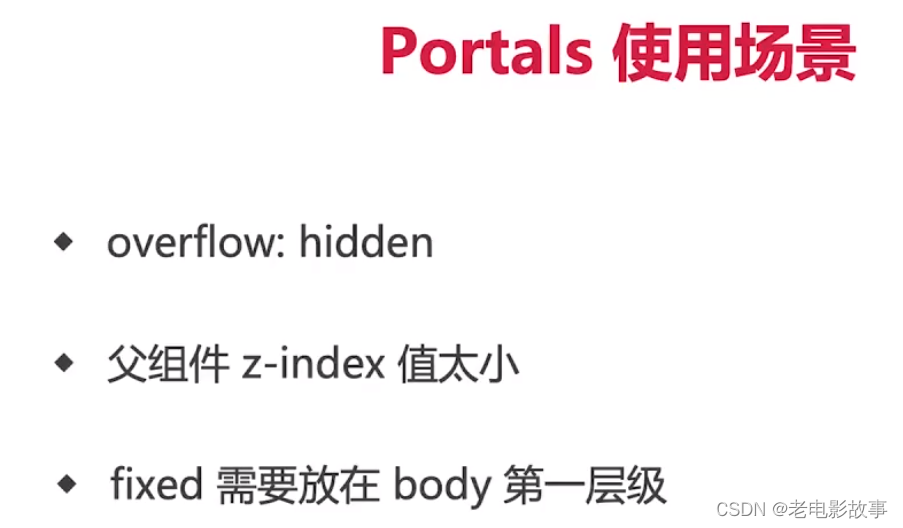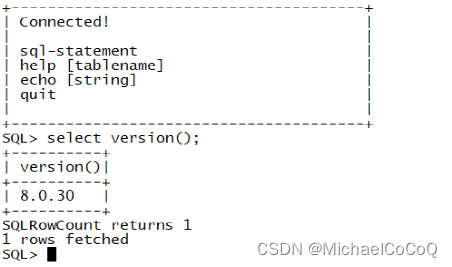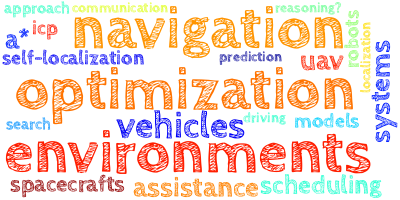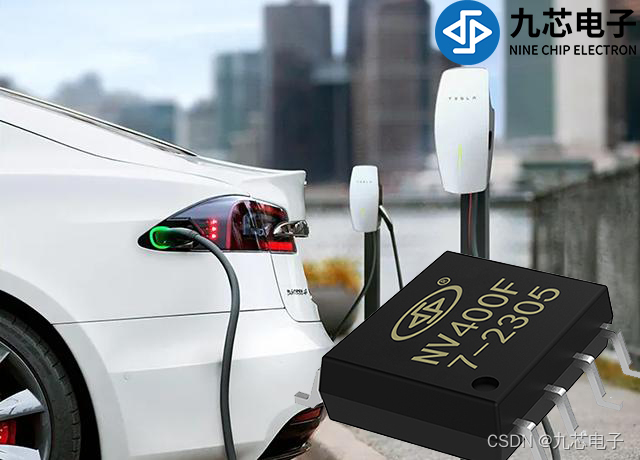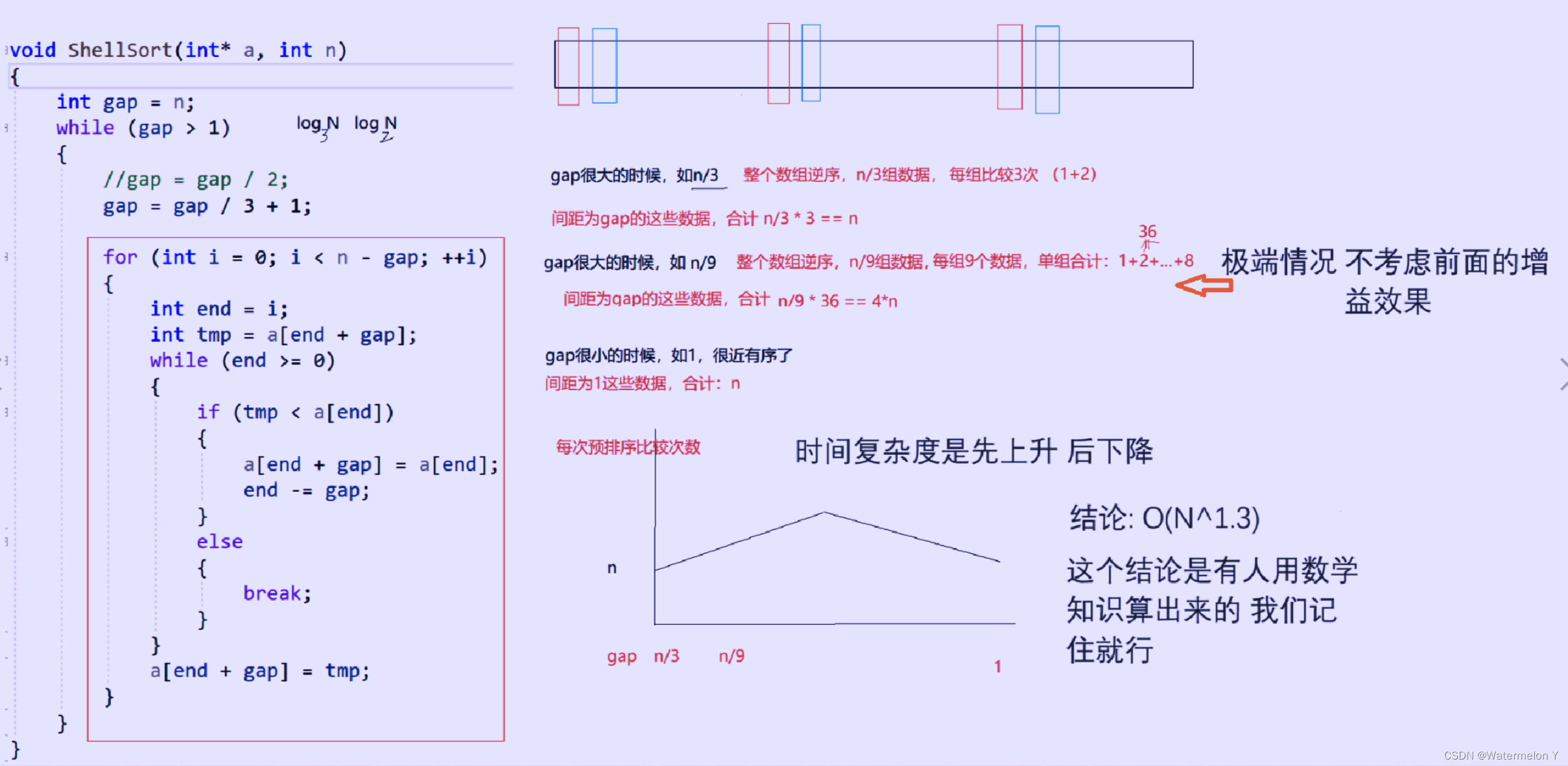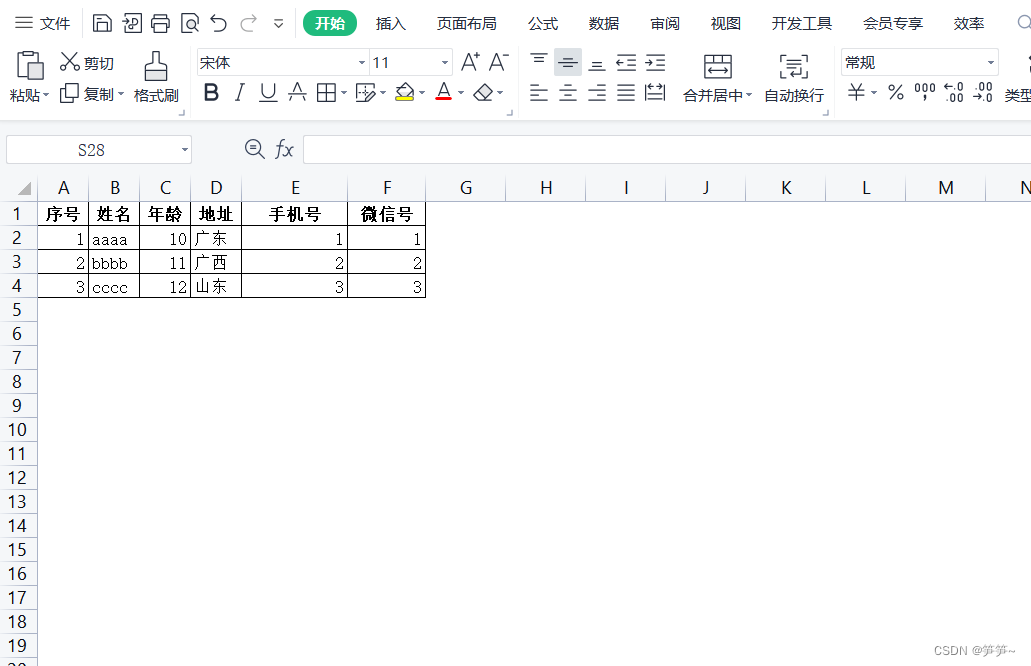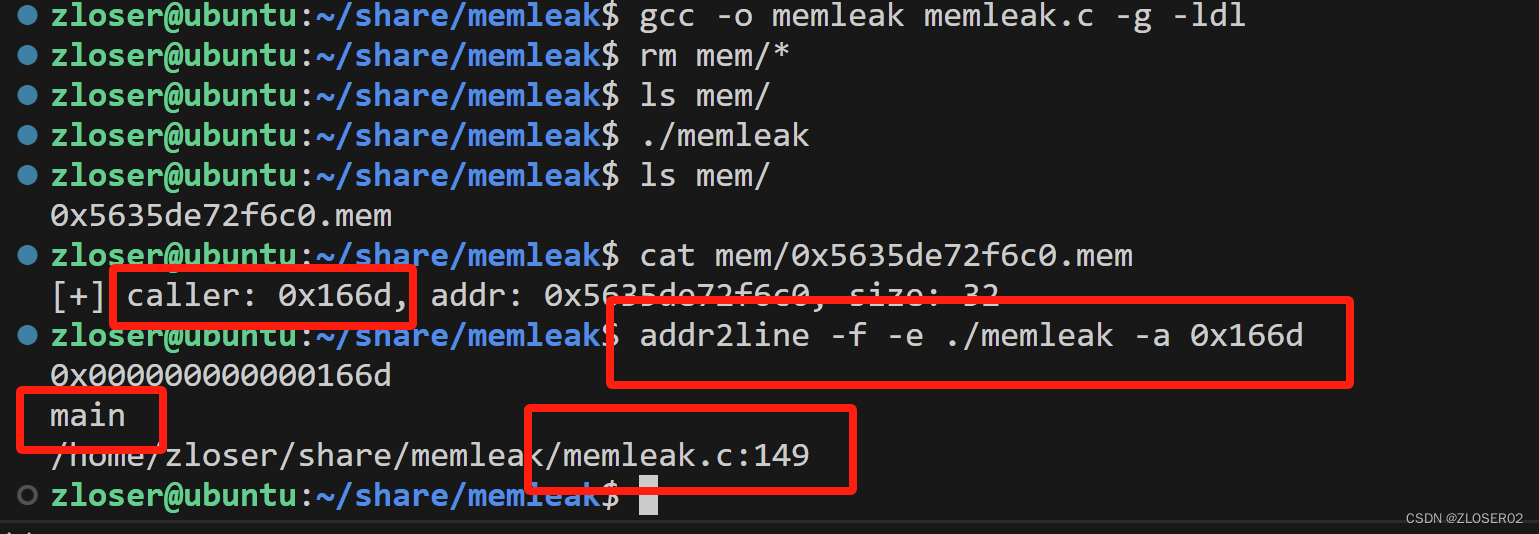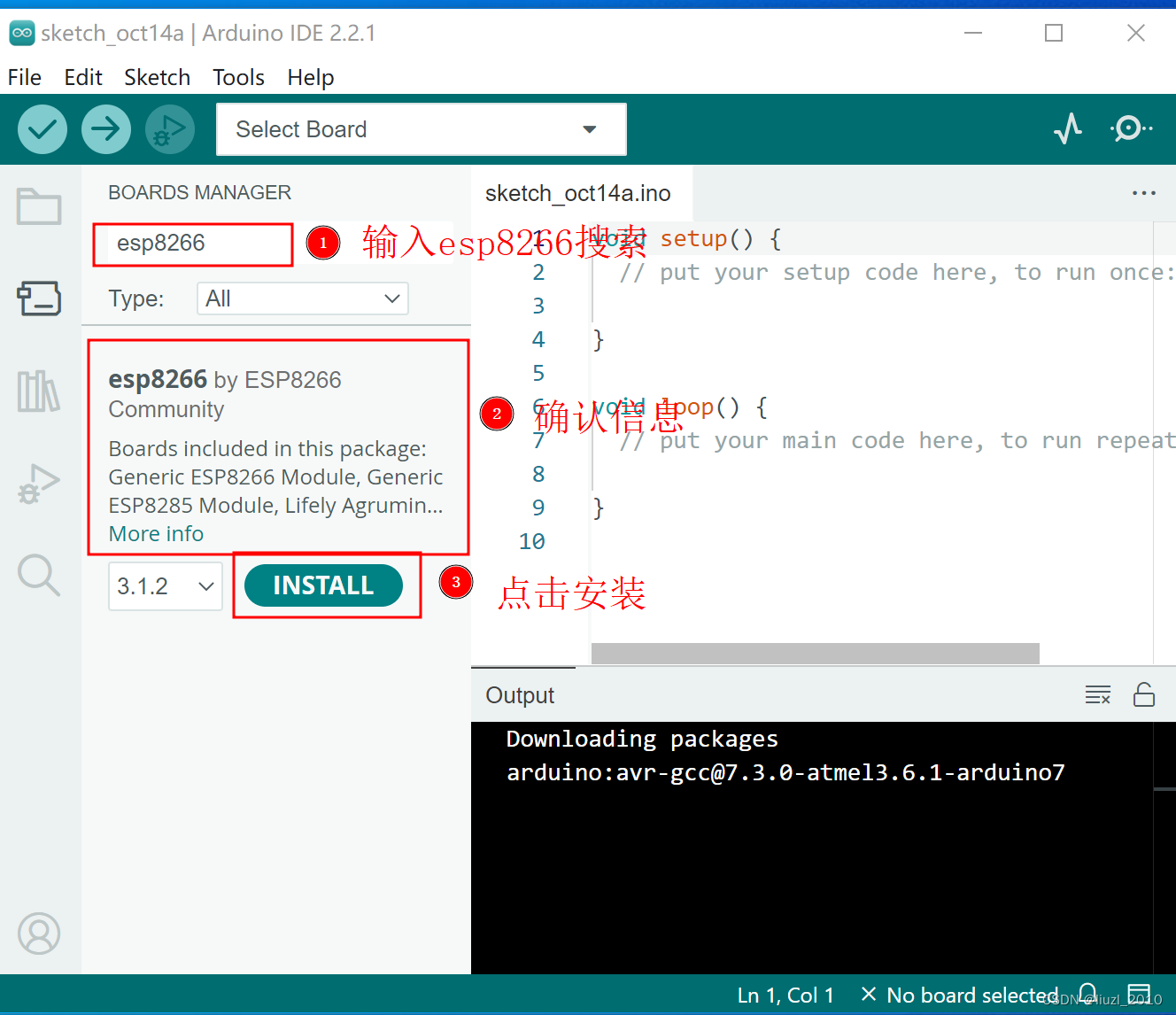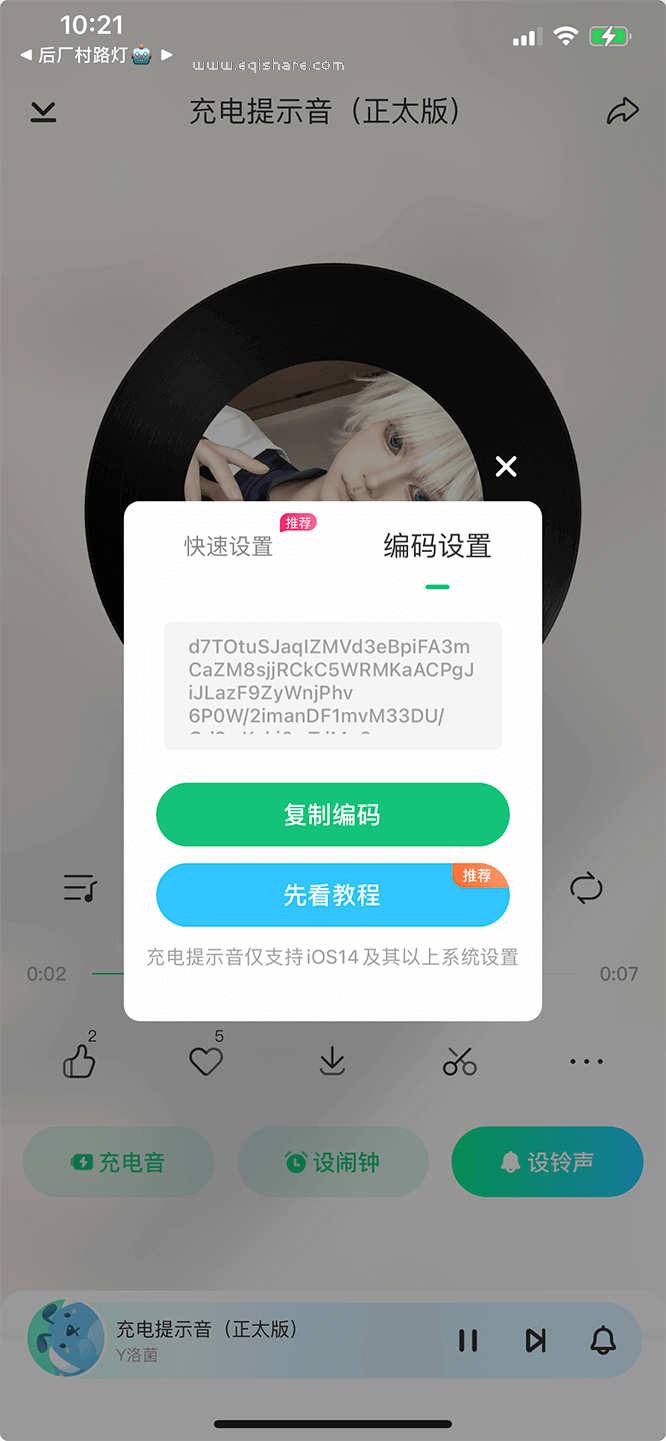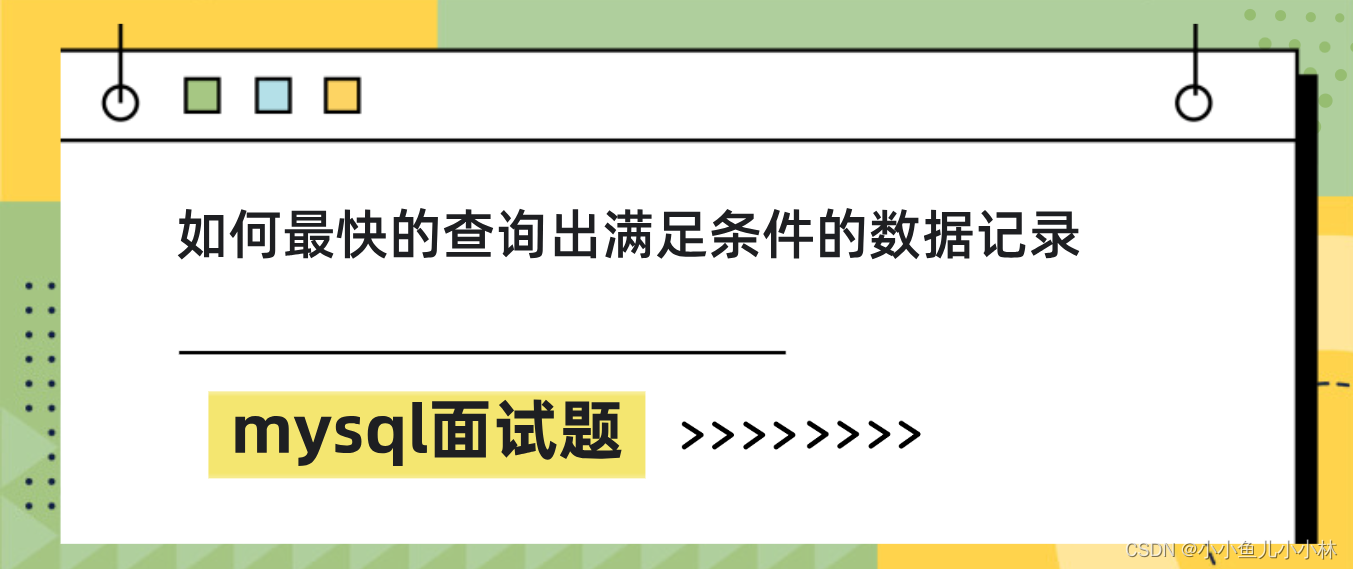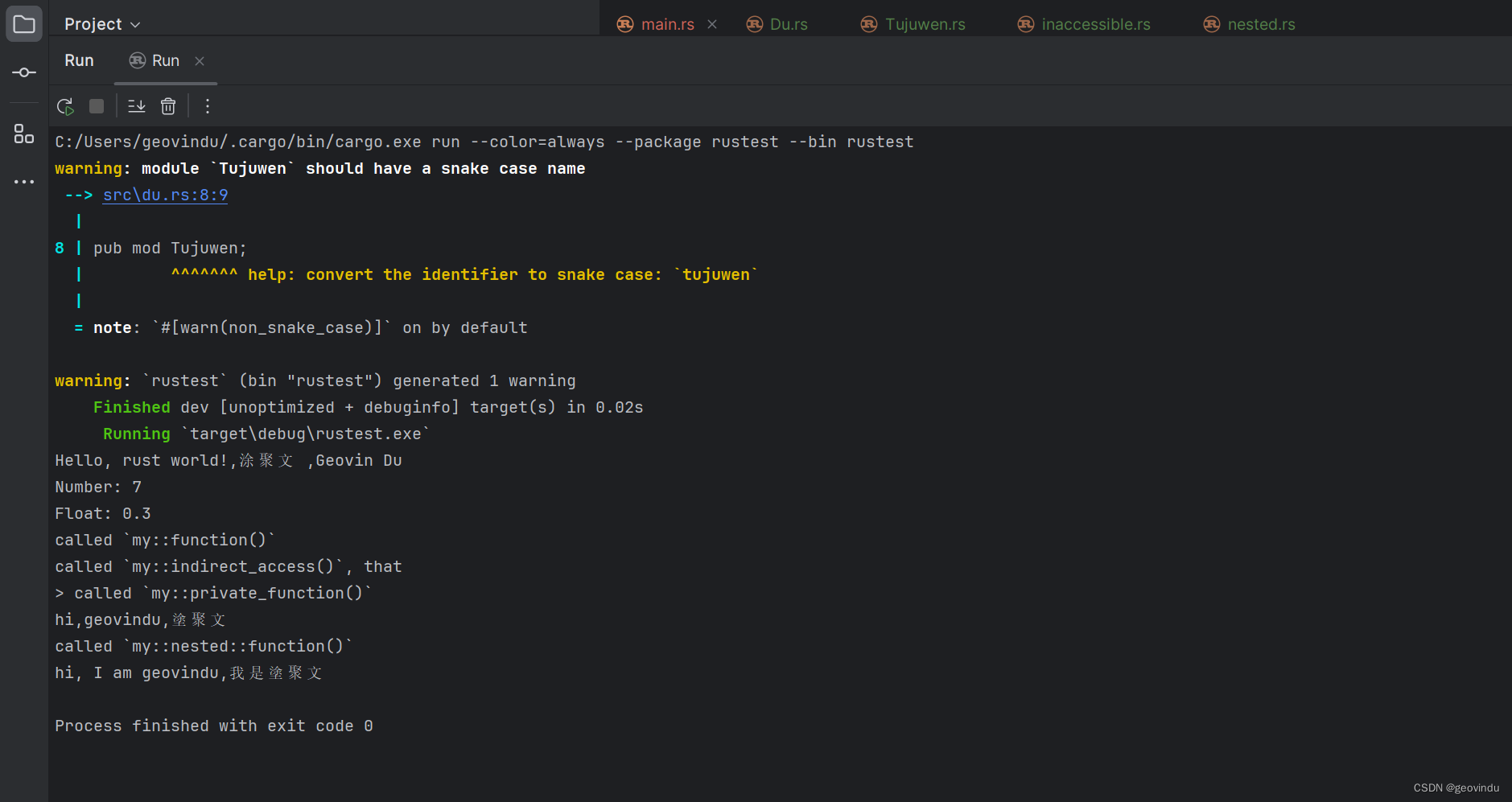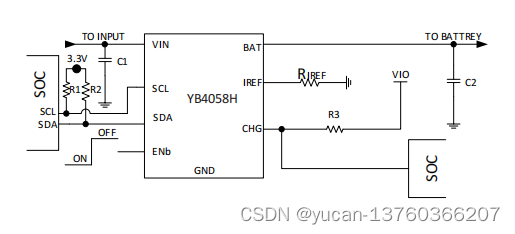一、Vue中的Teleport
是一个内置组件,它可以将一个组件内部的一部分模板“传送”到该组件的 DOM 结构外层的位置去
试想下面这样的 HTML 结构:
<div class="outer">
<h3>Tooltips with Vue 3 Teleport</h3>
<div>
<MyModal />
</div>
</div>
接下来我们来看看 的实现:
<script setup>
import { ref } from 'vue'
const open = ref(false)
</script>
<template>
<button @click="open = true">Open Modal</button>
<div v-if="open" class="modal">
<p>Hello from the modal!</p>
<button @click="open = false">Close</button>
</div>
</template>
<style scoped>
.modal {
position: fixed;
z-index: 999;
top: 20%;
left: 50%;
width: 300px;
margin-left: -150px;
}
</style>
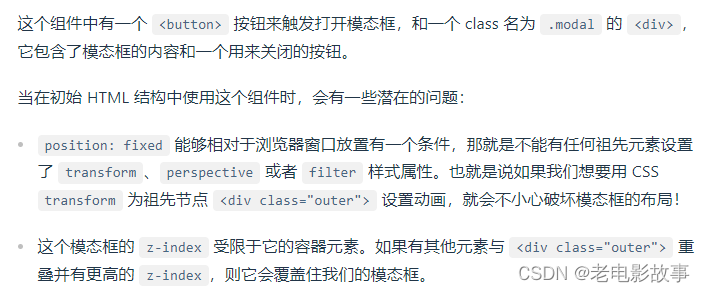
提供了一个更简单的方式来解决此类问题,让我们不需要再顾虑 DOM 结构的问题。让我们用 改写一下 :
<button @click="open = true">Open Modal</button>
<Teleport to="body">
<div v-if="open" class="modal">
<p>Hello from the modal!</p>
<button @click="open = false">Close</button>
</div>
</Teleport>
禁用 Teleport
在某些场景下可能需要视情况禁用 。举例来说,我们想要在桌面端将一个组件当做浮层来渲染,但在移动端则当作行内组件。我们可以通过对 动态地传入一个 disabled prop 来处理这两种不同情况。.
<Teleport :disabled="isMobile">
...
</Teleport>
多个 Teleport 共享目标
一个可重用的模态框组件可能同时存在多个实例。对于此类场景,多个 组件可以将其内容挂载在同一个目标元素上,而顺序就是简单的顺次追加,后挂载的将排在目标元素下更后面的位置上。
<Teleport to="#modals">
<div>A</div>
</Teleport>
<Teleport to="#modals">
<div>B</div>
</Teleport>
渲染的结果为:
<div id="modals">
<div>A</div>
<div>B</div>
</div>
二、React中的Portal
index.js
import React from 'react'
import RenderPropDemo from './RenderPropDemo'
class AdvancedUse extends React.Component {
constructor(props) {
super(props)
}
render() {
return <div>
<PortalsDemo>Modal 内容</PortalsDemo>
</div>
}
}
export default AdvancedUse
PortalsDemo.js
import React from 'react'
import ReactDOM from 'react-dom'
import './style.css'
class App extends React.Component {
constructor(props) {
super(props)
this.state = {
}
}
render() {
// // 正常渲染
// return <div className="modal">
// {this.props.children} {/* vue slot */}
// </div>
// 使用 Portals 渲染到 body 上。
// fixed 元素要放在 body 上,有更好的浏览器兼容性。
return ReactDOM.createPortal(
<div className="modal">
{this.props.children} {/* 类似vue slot */}
</div>,
document.body // DOM 节点 第二参数,表示要渲染到什么地方去
)
}
}
export default App
